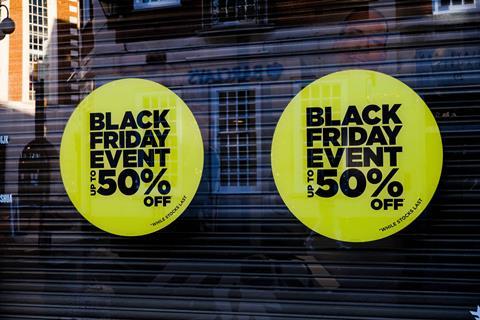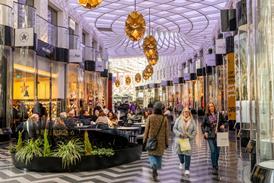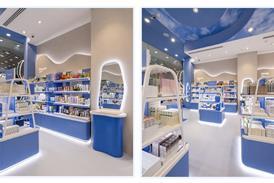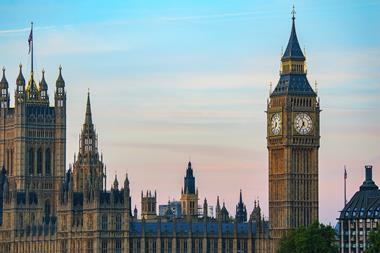Higher interest rates and inflation will continue to have an effect on consumer spending, warns latest MRI Software consumer report.

MRI Software’s latest consumer report predicts that weekly footfall is set to rise by 7.6% across all UK outlets compared with an average increase of 9.7% in 2021 and 2022.
From 2014 to 2019, the average week-on-week rise over Black Friday increased by 21% – which MRI Software says highlights the “long-term shift in [bricks-and-mortar] consumer behaviour” since the pandemic.
While footfall this year is set to be 8-12% lower than Black Friday pre-pandemic, the consumer survey revealed that 60% of shoppers will look to buy gifts in the Black Friday sales.
Footfall is expected to be driven by visits to shopping centres, which could see a 14.4% increase, while retail parks and high streets could see a 5.5% rise and 5.1% rise, respectively.
A ’subdued boost’ for retailers
MRI Software marketing and insights director Jenni Matthews said: “Harsh economic conditions, falling consumer confidence and the continued shift to online shopping are set to create a challenging Black Friday for retail.
”Although we can still expect some consumers to make the most of Black Friday sales, the long-term shift towards online shopping combined with increasing household bills will see a subdued boost for bricks-and-mortar retailers, with evidence that shoppers will want to hold out for a better bargain as we get closer to Christmas.
“What will be interesting to see is if the ‘golden glow’ of Black Friday kick-starting Christmas spend is fading.”
Matthews went on to say: “Last year, retail destinations saw footfall rise by 10% from the year before (2021) on Black Friday and this was largely driven by a rise of 17.2% in high streets.
“However, much of this uplift could be viewed as an anomaly of Covid from the previous year when shoppers were still cautious about visiting congested retail destinations.”












































No comments yet